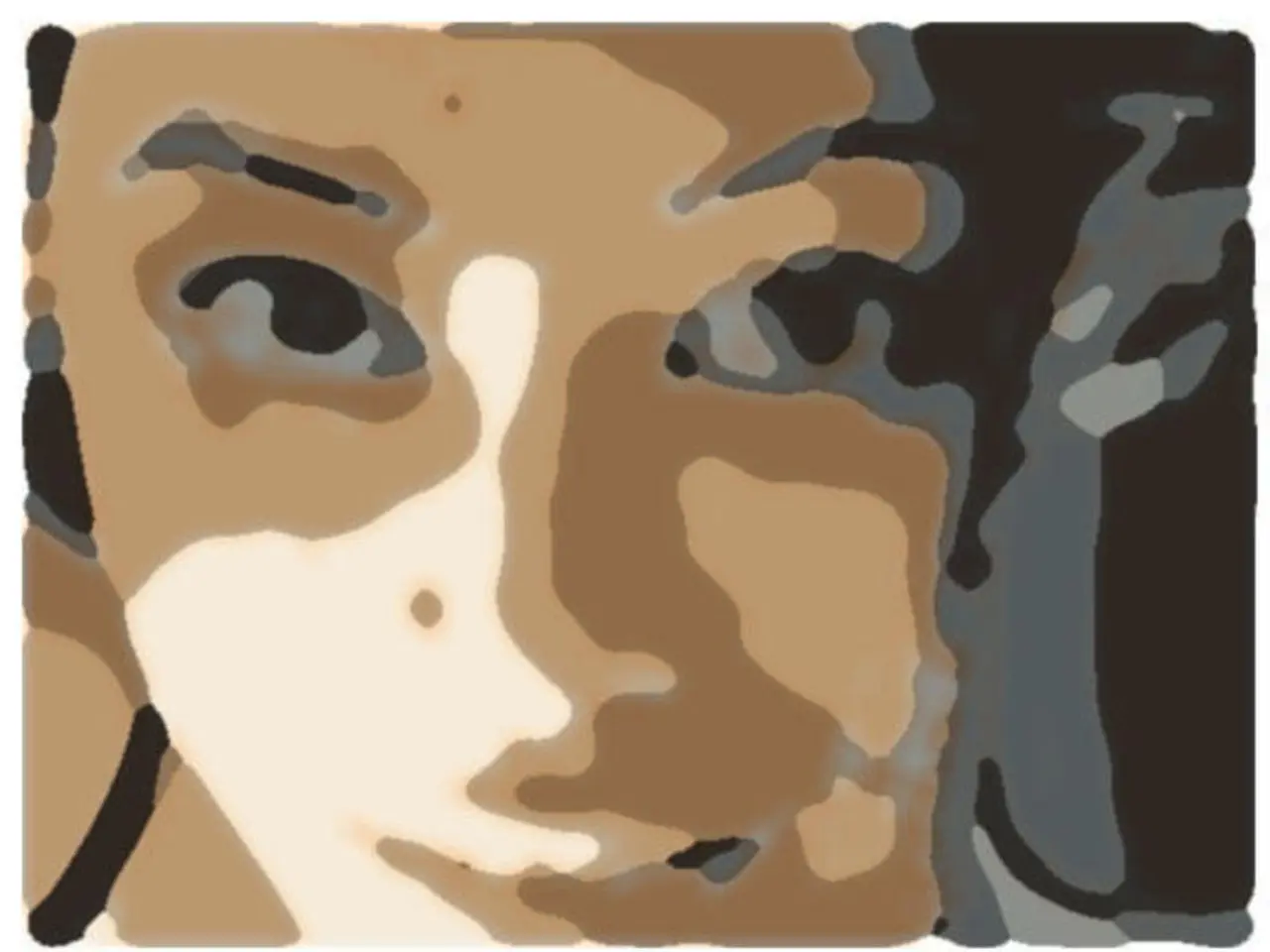Heavy rainfall in Calgary leads to an increase in mosquito-related complaints
In the heart of summer, Calgary residents are facing an unusual increase in mosquito populations, thanks to the city's heavy rainfall this July. According to John Soghigian, an assistant professor at the University of Calgary, this weather condition has created ideal breeding grounds for mosquitoes, heightening the risk of mosquito-borne diseases like West Nile virus [1].
Despite the increased mosquito activity, no human cases or specific detection of West Nile virus have been reported in Calgary as of early August 2025. However, the first human case of West Nile virus in Canada this year was confirmed in Toronto [2][3][5].
West Nile virus, a mosquito-borne disease, can lead to severe illnesses affecting the brain or spinal cord. Symptoms include fever, headache, fatigue, body aches, rash, and swollen glands. More serious symptoms may include severe headache, confusion, tremors or convulsions, muscle weakness or paralysis [6]. While most people infected with West Nile virus won't notice symptoms, it's crucial to take precautions to protect oneself.
One of the species being tracked in Alberta due to its ability to carry West Nile virus is the northern house mosquito, a common find in rain barrels and other suitable habitats in people's backyards [7]. Soghigian warns that as mosquito populations increase, they can start biting birds and other animals carrying the virus.
To combat this, Soghigian suggests taking preventive measures in backyards, such as covering water barrels, emptying flower pot bases, and changing water in bird baths and dog bowls [8].
Calgarians are also encouraged to participate in citizen science projects at the Inglewood Bird Sanctuary or Ralph Klein Park. These projects allow residents to help track different species of mosquitoes by collecting samples and providing information [9]. The mosquito sampling kit provided in these projects includes a small vial for collecting mosquitoes. Anyone who spots mosquitoes or gets bitten while visiting the parks can pick up a kit, fill out a form, and drop it in a collection box.
While there have been no specific reports of California serogroup viruses (a group of mosquito-borne viruses including Jamestown Canyon and Snowshoe Hare viruses) in Alberta or Calgary, general mosquito bite precautions are advised [4]. Residents are encouraged to take standard mosquito bite prevention measures such as using insect repellent, wearing long sleeves and pants, and removing standing water to reduce mosquito breeding sites [1][4].
One Calgary resident, Hayato Nagashima, expresses his dislike for mosquitoes, while Tracy Elliott-Suliak finds them problematic in Fish Creek Park. Madison Shidler mentions that mosquitoes have been biting her and her daughter despite daily use of bug spray, and have found ways to bite through clothing [10].
As we move forward, it's essential to remain vigilant and take necessary precautions to protect ourselves from mosquito-borne diseases. Stay safe, Calgary!
- The unusual increase in mosquito populations in Calgary during summer, as a result of heavy rainfall, has raised concerns about the risk of mosquito-borne diseases, including West Nile virus.
- Health and wellness, including mental health, should be prioritized by taking precautions against mosquito-borne diseases, such as West Nile virus, especially since most people infected with the virus don't notice symptoms but can still spread it to others.
- In the realm of environmental science, the northern house mosquito, a common species in Alberta that can carry West Nile virus, has been identified as one to be tracked.
- Fitness and exercise enthusiasts are also encouraged to contribute to citizen science projects in local parks to help track different species of mosquitoes, ensuring a healthier and safer environment for all, including themselves.




